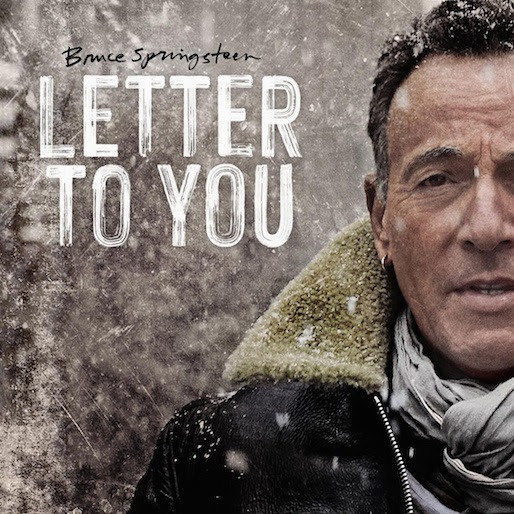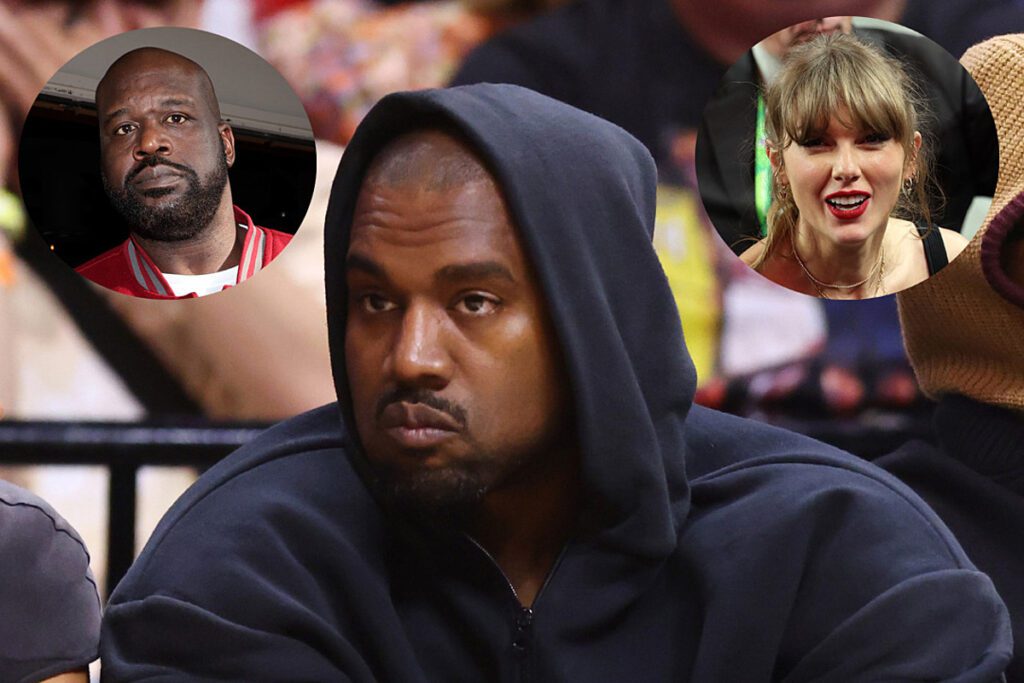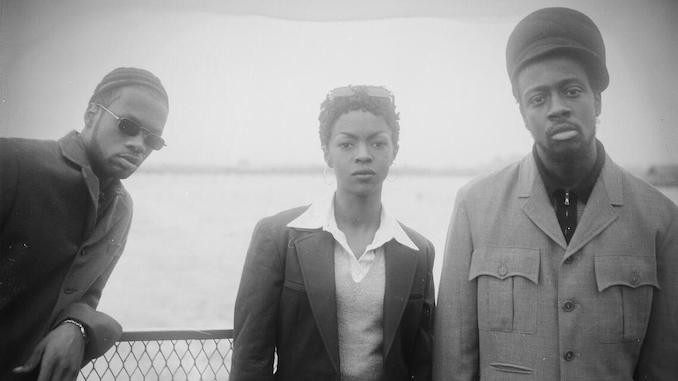There’s something to be said for songs that do exactly what you think they’re going to do, in the best way possible. Bruce Springsteen’s new album is full of them. Letter to You follows fast on the heels of Springsteen’s cinematic 2019 release Western Stars, but while the latter was a solo effort, Springsteen’s latest reassembles an E Street Band in peak form on nine newly written songs and three he’s had kicking around since before his 1973 debut.
The musicians recorded the album in just five days last November at Springsteen’s home studio in New Jersey, playing almost everything live to tape—a throwback to the way they used to work. In another break with years of precedent, Springsteen didn’t make demo recordings outlining his rough ideas for musical arrangements. Instead, he played through the songs on an acoustic guitar in the studio, and then he and the band set about arranging and recording them. That more spontaneous approach turns out to have been crucial: By giving the E Street Band full rein to play like, well, the E Street Band, Springsteen ended up with his most E Street-sounding album since Born in the U.S.A.. Letter to You is stacked with pulsing Max Weinberg backbeats, elegant piano vamps from Roy Bittan and fervent saxophone parts from Jake Clemons, nephew of the late, great E Street stalwart Clarence Clemons, who died in 2011.
Springsteen gave his collaborators first-rate material to work with. Many of the songs on Letter to You are meditations on growing older, and losing comrades after a lifetime of shared experiences. Yet the tone tilts more toward grateful and triumphant than morose or fatalistic. Though by definition this is a late-career album, it’s not autumnal. Springsteen, 71, is still fired up, still going full-bore as he celebrates the shared connections that music has forged in his life. The passion is there in the huge, clanging guitar riff and urgent beat on “Burnin’ Train.” It shows through clearly in the hazy lovestruck imagery and ripping sax solo on “The Power of Prayer.” It’s definitely there on “Ghosts,” another charged-up rocker paying tribute to long-standing friendships, when Springsteen lifts his voice amid a swell of harmonies on the chorus and declares, “I’m alive!”
That’s one of the songs that unfolds just the way you’d hope, with all the essential E Street elements. There are bright, fiery guitars, a big chorus and, as the song heads into the coda at the end, successive layers of sound that build after Springsteen barks out one of his half-intelligible four-counts. First comes the guitar riff, then piano, followed by organ and handclaps, then saxophone and, finally, the whole band singing together on a repeating lai-lai-lai refrain. You might as well be pumping your fist in the crowd at Giants Stadium as the lights come up onstage.
Springsteen’s songwriting here ranks among his best ever, yet Letter to You is also a continual reminder of how good his band is. Bittan, in particular, is foundational on these songs, and practically every time there’s a musical break, he’s playing some perfect piano flourish that steers the arrangement in exactly the right direction. Bittan echoes the guitar riff on “Last Man Standing,” then breaks off with a melodic figure that buoys the song. Though album closer “I’ll See You in My Dreams” emphasizes a pair of bold guitar solos, Bittan’s accents underpin the air of hope that defines the track. And on “Song for Orphans,” he plays a counterpoint to Springsteen’s vocal melody, and weaves with unprepossessing skill through steel guitar parts from Nils Lofgren, Springsteen’s harmonica and rich backing vocals from Patti Scialfa on the chorus.
“Song for Orphans” is one of the three older tunes, along with “Janey Needs a Shooter” and “If I Was the Priest.” All three have classic hallmarks of early Springsteen, when he wrote lyrics in torrents, but those songs fit so well with the other tracks here that it almost seems plausible that he set them aside way back when, just in case they’d come in handy for an album he would make nearly 50 years in the future. He didn’t, obviously, but their blend of Western motifs and religious imagery represents a throughline to the present by encompassing some of the themes that Springsteen has been exploring and refining his entire career.
And what an extraordinary career. Letter to You, his 20th studio album, would be a fitting capstone, though nobody expects this will be Springsteen’s sign-off—least of all the man himself. “We’re taking this thing ’til we’re all in a box,” he jokes to the band toward the end of an Apple Original Films documentary about the making of the album. Springsteen is now closer to the end than the beginning, but after all those decades of running, chasing, searching, he’s finally drawn even with the spirit of camaraderie that has propelled him from the start. Letter to You is also a letter to himself, to the music and to his steadfast collaborators in the E Street Band, past and present. It’s a potent reminder that together, they’re as good as it gets.
Eric R. Danton has been contributing to Paste since 2013, and writing about music and pop culture for longer than he cares to admit. Follow him on Twitter or visit his website.




